Spice Up Your Life: Exploring the Vibrant World of Spanish Cooking – In Spanish!
Table of Contents
- Introduction to Spanish Cooking and Its Spice Legacy
- The Must-Have Spices for Authentic Spanish Dishes
- Spanish Recipes That Bring the Heat (and Flavor!)
- Cooking Techniques with a Spanish Twist
- Buying Guide: Choosing the Best Spices and Tools for Spanish Cuisine
- Learning Spanish Cooking Terms: Spice It Up Linguistically!
- Conclusion: Why Every Kitchen Needs a Touch of Spain
Introduction to Spanish Cooking and Its Spice Legacy
When you think of Spanish cuisine, do images of paella by the beach or chorizo-wrapped olives pop into your head? If so, you're already on the right track. But here's a spicy twist: to truly master Spanish cooking, you need to understand both its spices and the language behind them.
Spanish cooking is a vibrant mosaic of regional traditions, historical influences, and bold flavors. From the smoky paprika of Extremadura to the citrusy saffron threads of Valencia, Spanish spices are more than just ingredients — they're storytellers. And when you add in the beauty of the Spanish language itself, you open the door to a culinary adventure that’s rich in flavor and culture.
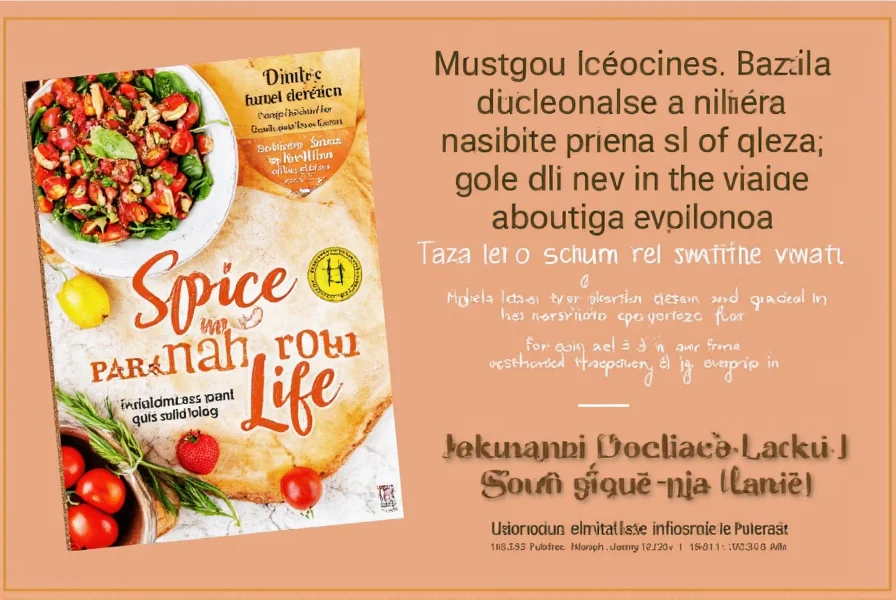
The Must-Have Spices for Authentic Spanish Dishes
If you want your kitchen to sing like a flamenco dancer, start with these essential spices that define Spanish flavor profiles:
- Pimentón (Smoked Paprika): The backbone of many Spanish dishes. There are three main types: dulce (sweet), agridulce (bittersweet), and picante (hot). Each brings a different level of smoke and heat.
- Saffron: Known as “oro rojo” (red gold), this expensive spice is key in dishes like paella. Look for threads rather than powder for best results.
- Smoked Salt: Adds an earthy depth without overpowering other flavors. Great for finishing dishes.
- Garlic Powder & Fresh Garlic: Spanish kitchens can’t survive without garlic. Use fresh cloves in sofrito bases and powdered garlic for dry rubs.
- Cumin: Especially common in southern regions like Andalusia. It adds warmth and earthiness to stews and meat dishes.
| Spice | Flavor Profile | Best For |
|---|---|---|
| Pimentón Dulce | Smoky, sweet | Paella, chorizo, grilled vegetables |
| Saffron | Floral, earthy | Rice dishes, seafood soups |
| Smoked Salt | Earthy, charred | Finishing touch, potato dishes |
| Cumin | Warm, nutty | Stews, meat marinades |
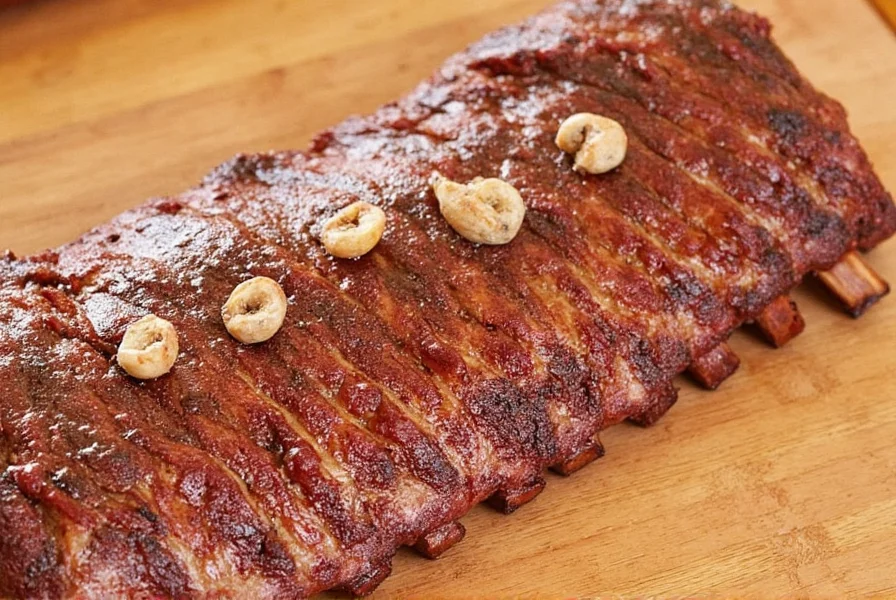
Spanish Recipes That Bring the Heat (and Flavor!)
Ready to turn up the heat in your kitchen? Here are some iconic recipes where Spanish spices shine brightest:
- Paella de Marisco: A seafood lover’s dream featuring shrimp, mussels, clams, and saffron-infused rice. Served with a squeeze of lemon and a side of crusty bread.
- Patatas Bravas: Crispy potatoes topped with a spicy tomato-garlic sauce made with pimentón. Perfect for tapas night!
- Chorizo al Vino: Chorizo simmered in red wine until tender and flavorful. Serve with crusty bread or over rice for a hearty meal.
- Caldo Gallego: A hearty Galician soup with chorizo, potatoes, greens, and smoked paprika. Comfort food at its finest.
Pro Tip:
When making Spanish dishes like paella, always toast the spices before adding liquids to enhance their aroma. This technique is called “sofregir” and is fundamental in Spanish cooking.

Cooking Techniques with a Spanish Twist
Mastering the techniques behind Spanish cooking will elevate your spice game and impress your guests. Here are a few essential methods:
- Sofrito Base: The foundation of many Spanish dishes, made from onions, garlic, tomatoes, olive oil, and pimentón. Cook it slowly to bring out maximum flavor.
- Braising (Guiso): Used in dishes like cocido madrileño. Slow-cooking meats and vegetables in liquid allows spices to meld beautifully.
- Grilling (A la Plancha): Popular in coastal areas, especially for seafood. Brush with garlic oil and sprinkle with smoked salt after grilling.
- Infusion: Infuse broths and sauces with saffron or cumin to build layers of flavor.
Vocabulary Alert!
Here are some Spanish cooking terms you should know:
- Rehogar – To gently cook vegetables in fat without browning them.
- Frito – Frying method; used in dishes like huevos rotos.
- A punto – Ready to serve; usually refers to perfectly cooked meat.
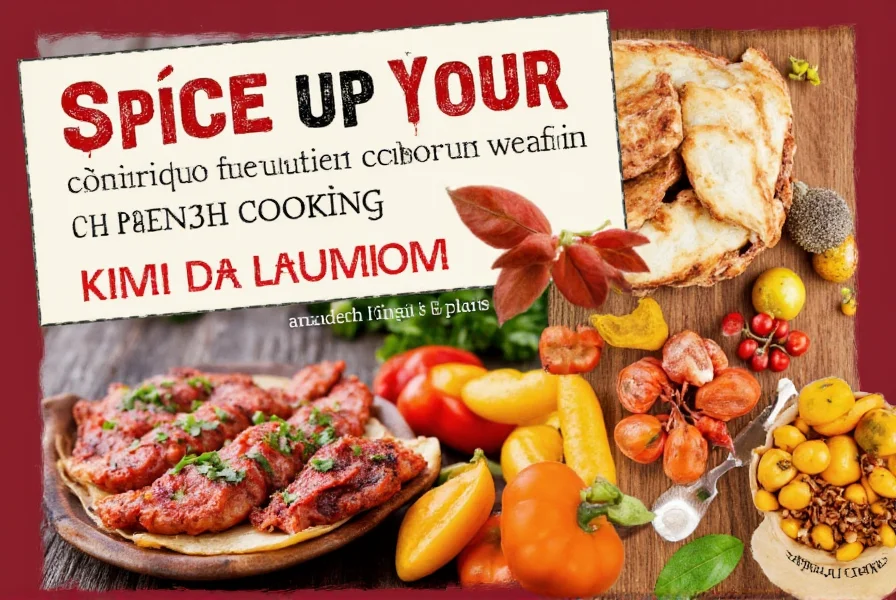
Buying Guide: Choosing the Best Spices and Tools for Spanish Cuisine
Whether you're a novice or seasoned home chef, having the right tools and ingredients makes all the difference. Here's what to look for when stocking your pantry and kitchen:
Spices to Stock Up On
- La Diosa Smoked Paprika
- Features: Sweet, smoky, premium quality from Spain
- Advantages: Versatile for meats, paellas, and marinades
- Use Cases: Grilled chicken, patatas bravas, chorizo stuffing
- Target Audience: Home cooks and aspiring Spanish chefs
- Suitable Occasions: Tapas parties, weekend brunches, holiday meals
- Chef’s Classic Saffron Threads
- Features: Pure saffron strands hand-harvested in La Mancha
- Advantages: Rich aroma and deep golden color
- Use Cases: Paella valenciana, arroz con bogavante, saffron aioli
- Target Audience: Culinary enthusiasts and gourmet lovers
- Suitable Occasions: Dinner parties, special celebrations, romantic dinners
Essential Tools for Spanish Cooking
- Cast Iron Paella Pan
- Features: Wide, shallow design for even heat distribution
- Advantages: Ideal for creating socarrat (crunchy bottom layer)
- Use Cases: Paella, arroz negro, fried rice dishes
- Target Audience: Serious home cooks and Spanish cuisine fans
- Suitable Occasions: Family dinners, outdoor barbecues, potlucks
- Wooden Mortar and Pestle
- Features: Natural wood, durable and aromatic
- Advantages: Perfect for grinding spices like cumin seeds
- Use Cases: Making sofrito paste, grinding herbs, crushing garlic
- Target Audience: Enthusiasts of traditional cooking methods
- Suitable Occasions: Everyday cooking, spice blending sessions
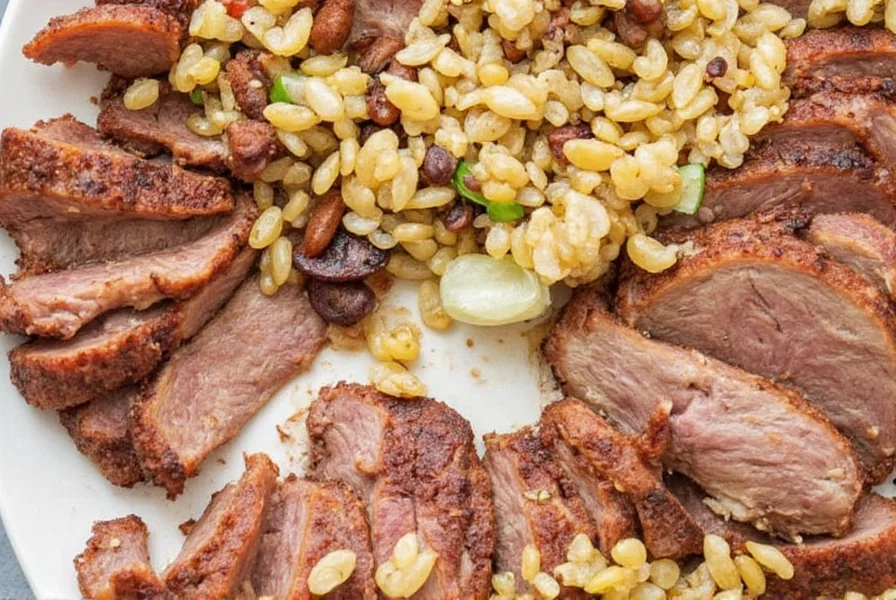
Learning Spanish Cooking Terms: Spice It Up Linguistically!
Did you know that learning basic Spanish vocabulary can actually improve your cooking? When you read authentic Spanish recipes, understanding key terms helps avoid confusion and boosts confidence in the kitchen.
Here’s a cheat sheet of useful Spanish words related to spices and cooking:
| English | Spanish | Usage Example |
|---|---|---|
| Spice | Especia | Esta receta lleva varias especias. (This recipe includes several spices.) |
| Seasoning | Condimento | No necesitas más condimento. (You don't need more seasoning.) |
| Heat | Calor / Picante | Quiero un sabor con más calor. (I want more heat.) |
| Blend | Mezclar | Mezcla bien los ingredientes. (Mix the ingredients well.) |
Pro Tip: Watch Spanish cooking shows or follow Spanish blogs to practice while learning new dishes. Channels like Taste Spain TV offer great insights into regional specialties!
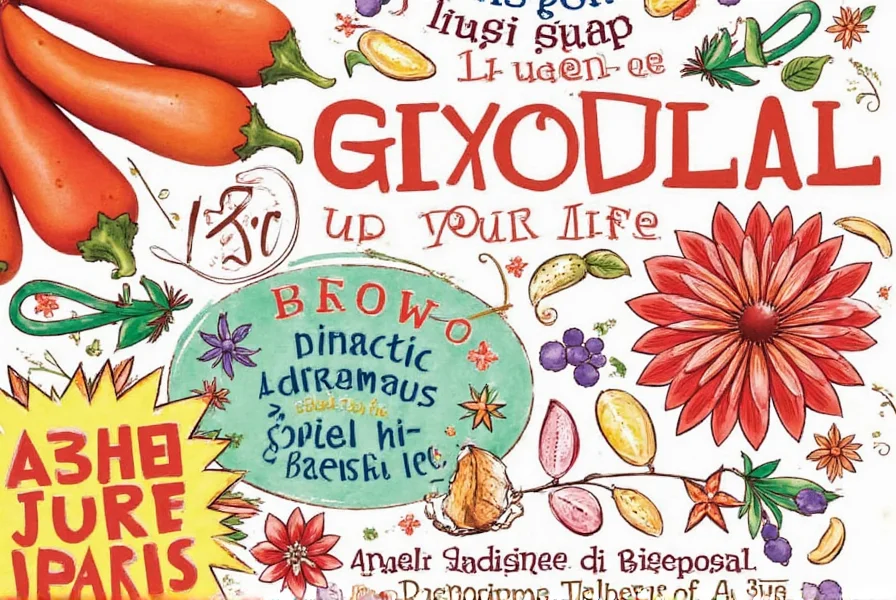
Conclusion: Why Every Kitchen Needs a Touch of Spain
Spanish cooking isn’t just about delicious food — it’s a full sensory experience that engages your taste buds, your nose, and even your ears through the rhythm of its language. Whether you’re cooking a simple batch of patatas bravas or hosting a grand paella dinner, incorporating Spanish spices and phrases into your routine adds a cultural richness that few cuisines can match.
So why not take a culinary journey south of the border — without ever leaving your kitchen? With the right spices, tools, and a bit of linguistic flair, your next meal could be a true celebration of Spanish tradition. ¡Buen provecho!

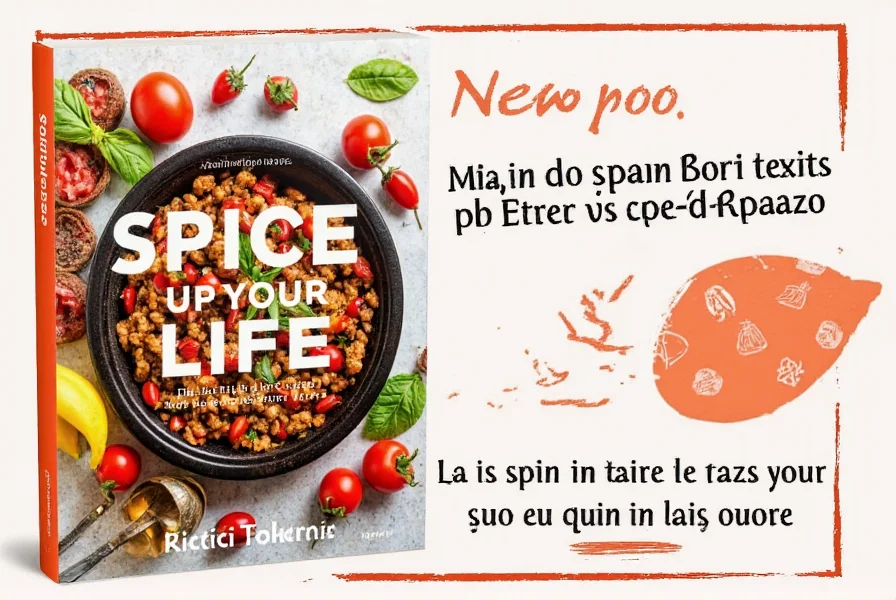









 浙公网安备
33010002000092号
浙公网安备
33010002000092号 浙B2-20120091-4
浙B2-20120091-4